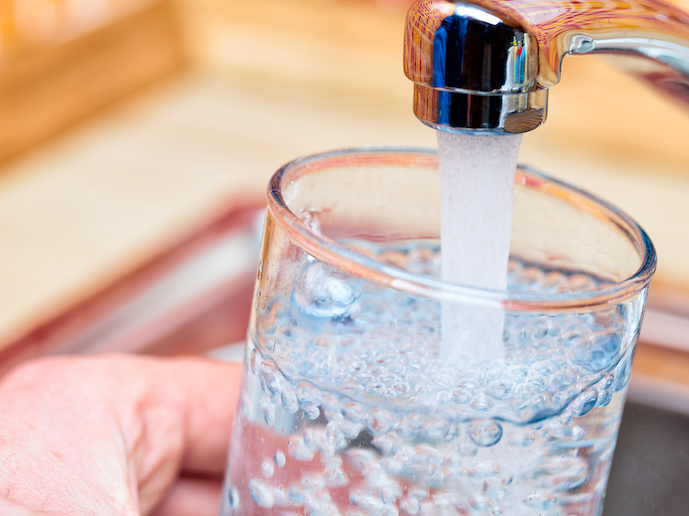Automated monitoring means safe drinking water
Having access to clean and safe drinking water is the foundation of a healthy society. Yet, according to the World Health Organization(opens in new window), more than 300 000 cases of waterborne disease – the result of microbiological contamination – are reported every year in Europe. A key indicator of contamination is the presence of Escherichia coli (E. coli), a bacterium originating from animal and human faeces. “If E. coli is in the water, it is unsafe to drink,” says Luigino Grasso, chief technology officer at bNovate Technologies(opens in new window), a company specialising in automated water quality control. According to Grasso, the challenge is that current detection methods are still performed manually, with results taking as long as 2 to 3 days to get. “This makes it impossible for water specialists to make rapid, cost-effective decisions in the case of microbial contaminations,” he explains. What’s needed is a rapid solution capable of providing frequent and continuous monitoring for E. coli in drinking water distribution systems – which is exactly what the EU-funded ColiSense Online project has achieved. “Our goal was to develop and market an automated, online water quality sensor offering real-time detection and quantification of E. coli in drinking water,” adds Grasso, who serves as the project coordinator.
Continuous monitoring
The biggest challenge researchers faced was creating a sensor capable of detecting very low concentrations of E. coli and doing so continuously, accurately and in harsh environments. Their solution: a fully automated industrial flow cytometer – a system that can automatically concentrate the water sample, isolate the bacteria and rapidly detect a potential faecal contamination. If pathogens reach problematic levels, the system alerts relevant authorities, who can then take immediate action to mitigate risks before the water is distributed to the public. “Until now, this technique was reserved for researchers and highly trained personnel in laboratories,” remarks Grasso. “But, thanks to our patented technology, we can now replicate a large list of laboratory protocols and make them available to the industry and to a wide range of non-specialists and outside laboratories, including production sites at water utilities.”
Huge potential
While the ColiSense system will first be deployed in water utilities, Grasso says it could eventually be used to detect other microbial pathogens, including Legionella, Pseudomonas and Salmonella. “ColiSense’s potential is huge, not only in the drinking water industry, but also for the healthcare, food and beverage, cosmetics and pharmaceutical industries,” he says. The R&D team at bNovate is currently working on industrialising the solution, the first step towards marketisation, which they plan to achieve by 2023. The team also plans to have the ColiSense system officially accredited as an alternative technique for detecting E. coli in drinking water. “We are particularly proud of bringing water monitoring into the digital age, creating an automatic, robust, simple-to-use and connected solution that can ensure clean water production and distribution everywhere,” concludes Grasso.







